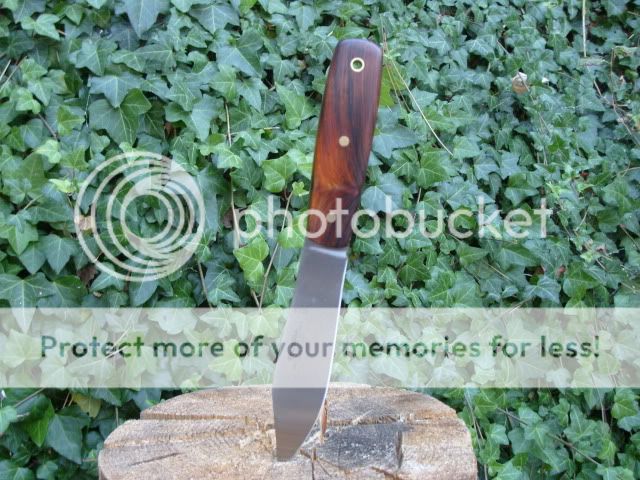MyDogsHunt
BANNED
- Joined
- May 12, 2011
- Messages
- 182
This is my third attempt at making a half way presentable sheath.
I struggled with the stitch layout quite a bit on the first two, but I think I'm getting better.
Well,, a little better anyway.

Edges are improving too, although I still wish they'd take the dye a little better.
Not great, but better.

The sheath hadn't been wet formed yet, but here's the knife that will be going in it.

Comments, both good and bad are welcome.
Thanks
Charlie
I struggled with the stitch layout quite a bit on the first two, but I think I'm getting better.
Well,, a little better anyway.

Edges are improving too, although I still wish they'd take the dye a little better.
Not great, but better.

The sheath hadn't been wet formed yet, but here's the knife that will be going in it.

Comments, both good and bad are welcome.
Thanks
Charlie



